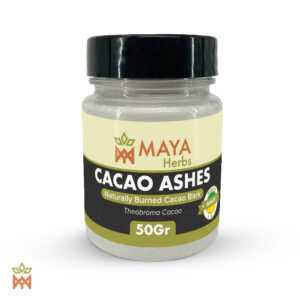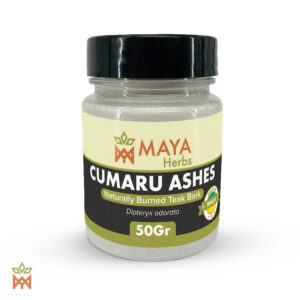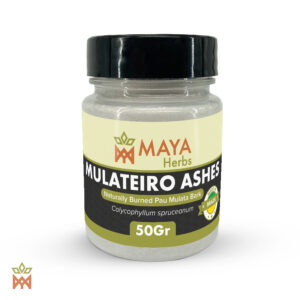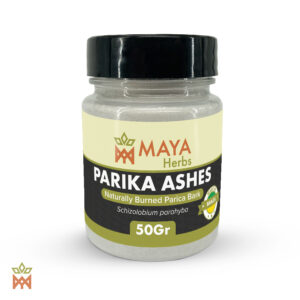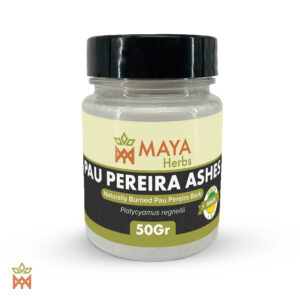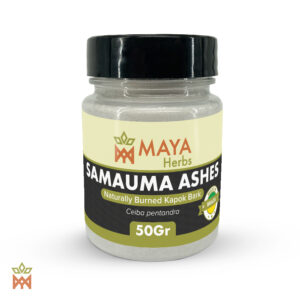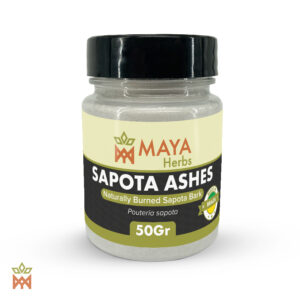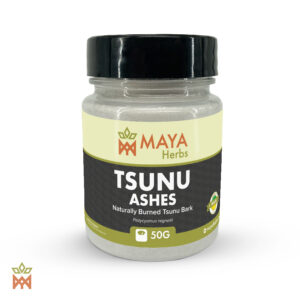Showing all 10 results
Showing all 10 results
Rapé Ashes and its function
Rapé, a sacred shamanic snuff used by indigenous tribes of the Amazon rainforest, is renowned for its potent effects on the mind, body, and spirit. In this article, we will explore the significance of ashes in Rapé, including their origins, function, and broader applications in traditional medicine.
Origins of Ashes in Rapé
The ashes used in Rapé are typically sourced from specific trees and plants native to the Amazon rainforest. One of the most commonly used trees for producing ash in Rapé is the Tsunu tree (Bignoniaceae family), known for its dense and durable wood. Other trees, such as the Murici tree (Byrsonima crassifolia) and the Cumaru tree (Dipteryx odorata), may also be used to produce ash for Rapé, each contributing its unique properties to the final blend.
The process of obtaining ash for Rapé involves burning the wood of these trees at high temperatures until it is reduced to fine, powdery ash. This ash is then carefully collected and incorporated into the Rapé blend, where it serves as a key component of the sacred snuff.
Function of Ash in Rapé
Ash serves multiple functions in Rapé, contributing to its overall efficacy and potency as a shamanic medicine. One of the primary functions of ash is to alkalize the Rapé mixture, raising its pH level and enhancing its bioavailability when administered nasally. This alkalizing effect helps to facilitate the absorption of the active ingredients in Rapé, allowing for more profound and immediate effects on the body and mind.
Additionally, ash acts as a carrier for the other botanical ingredients in Rapé, helping to bind them together into a cohesive and uniform mixture. This ensures that each dose of Rapé contains a balanced blend of plant materials, providing a consistent and reliable experience for the user.
Furthermore, ash has purifying and cleansing properties, both energetically and physically. In indigenous Amazonian cultures, ash is believed to have the power to neutralize negative energies and spiritual impurities, promoting balance and harmony within the individual and the community. When incorporated into Rapé, ash helps to clear energetic blockages and facilitate spiritual healing and transformation.
Ash as Alchemy
In the context of Rapé preparation, ash can be seen as a form of alchemy, where raw materials are subjected to the transformative power of fire to unlock their hidden potential. Through the process of combustion, the physical properties of the wood are transmuted into ash, which contains concentrated minerals and trace elements essential for human health and well-being.
This alchemical transformation imbues the ash with sacred qualities, turning it into a potent vehicle for spiritual awakening and healing. When combined with other botanical ingredients in Rapé, ash catalyzes a synergistic reaction, enhancing the therapeutic effects of the medicine and deepening its connection to the natural world.
Ashes in Other Medicines like Ayurveda
The use of ashes in traditional medicine is not unique to Rapé but can be found in various healing traditions around the world. In Ayurveda, the ancient system of medicine from India, ashes known as Bhasma are prepared from medicinal herbs, minerals, and metals through a process of calcination and purification.
Bhasma are believed to possess powerful therapeutic properties and are used to treat a wide range of ailments, including digestive disorders, respiratory conditions, and chronic diseases. Like the ashes used in Rapé, Bhasma are revered for their purifying, detoxifying, and rejuvenating effects on the body and mind.
In conclusion, ashes play a central role in the preparation and efficacy of Rapé, serving as a vehicle for botanical ingredients, enhancing bioavailability, and facilitating spiritual healing and transformation. Rooted in ancient shamanic traditions and imbued with the transformative power of fire, ash represents the alchemical essence of Rapé, connecting the user to the sacred wisdom of the Amazon rainforest and the natural world beyond.


